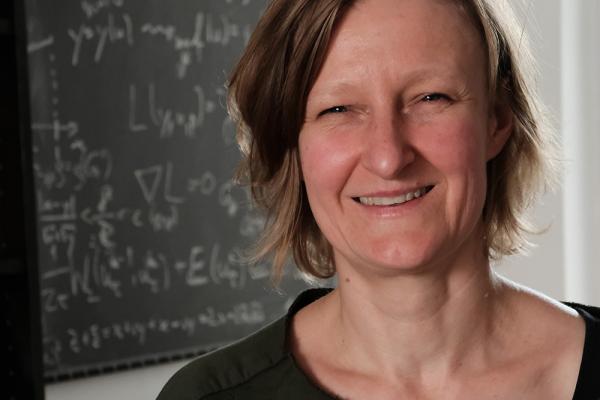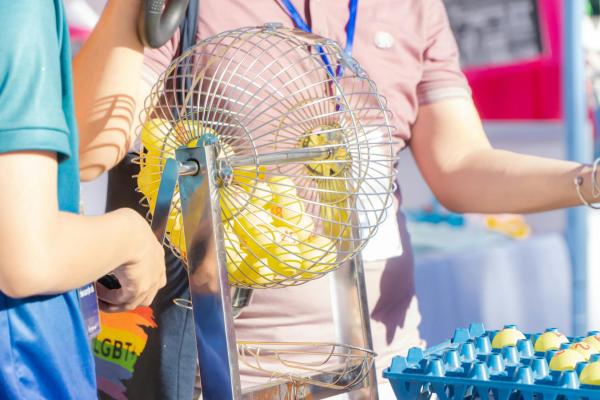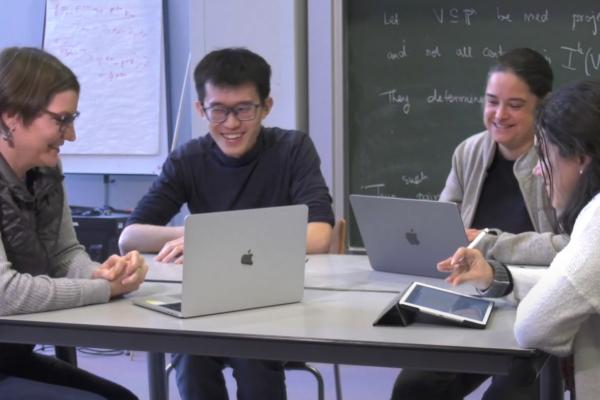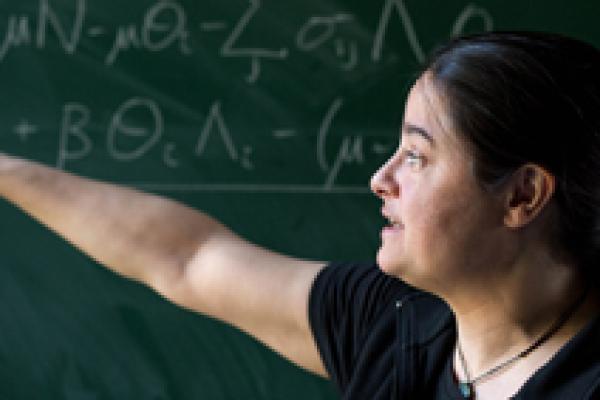
Meet Carola-Bibiane Schönlieb!
One of our favourite colleagues here at the University of Cambridge is Professor of Applied Mathematics Carola-Bibiane Schönlieb. We have had the pleasure to work with her quite a bit over the last few years.

Plus at the Heidelberg Laureate Forum 2025
Every year in September the German city of Heidelberg hosts the Heidelberg Laureate Forum (HLF). It's an amazing experience — around 200 young researchers from around the world meet with the laureates of some of the most important prizes in maths and computer science, as well as a range of other experts from both fields.

Contagious maths
How does maths help in tackling infectious diseases? Join Julia Gog to find out in this series of videos and articles, and have a go at modelling diseases yourself!





Contagious maths, part 1: Build your own model
With just some simple arithmetic, you can build a basic mathematical model of how a disease might spread. Julia Gog explains how, and there's also some Lego action...

Contagious Maths, part 2: Play Lucky Dip!
You can explore how we might extend our model but running your own epidemic with our Lucky Dip interactivity. Follow along with Julia as she paves the way to a model that is very similar to the mathematics disease modellers use every day.

Contagious maths, Part 3: Everybody is different
In Part 3 Julia refines our model to use one of the most important numbers in disease modelling. And there's a chance for you to explore its meaning using a new interactivity.

Contagious maths, Part 4: Get moving!
In the final Part we explore what other aspects we need to consider to make a model more realistic. There's an interactivity that allows you to party, commute, and visit friends and we find out more about what life as a research is like from Julia.

Contagious maths, Part 5: Meet the researchers!
In this final part, you can meet the researchers themselves and find out about the real research questions that Julia and some of her colleagues are working on!
Celebrating 30 years of Andrew Wiles and Fermat's Last Theorem

Julia Gog's mathematical toolkit for pandemics

Behind the scenes at the HLF 2021
We love talking to young researchers and laureates at the Heidelberg Laureate Forum, and this year we produced a daily video diary to take everyone behind the scenes of this special digital HLF.

Talking to young researchers: Clement Twumasi
In this short video Clement Twumasi tells us about his work helping to understand a parasite that has been decimating fish populations around he world.